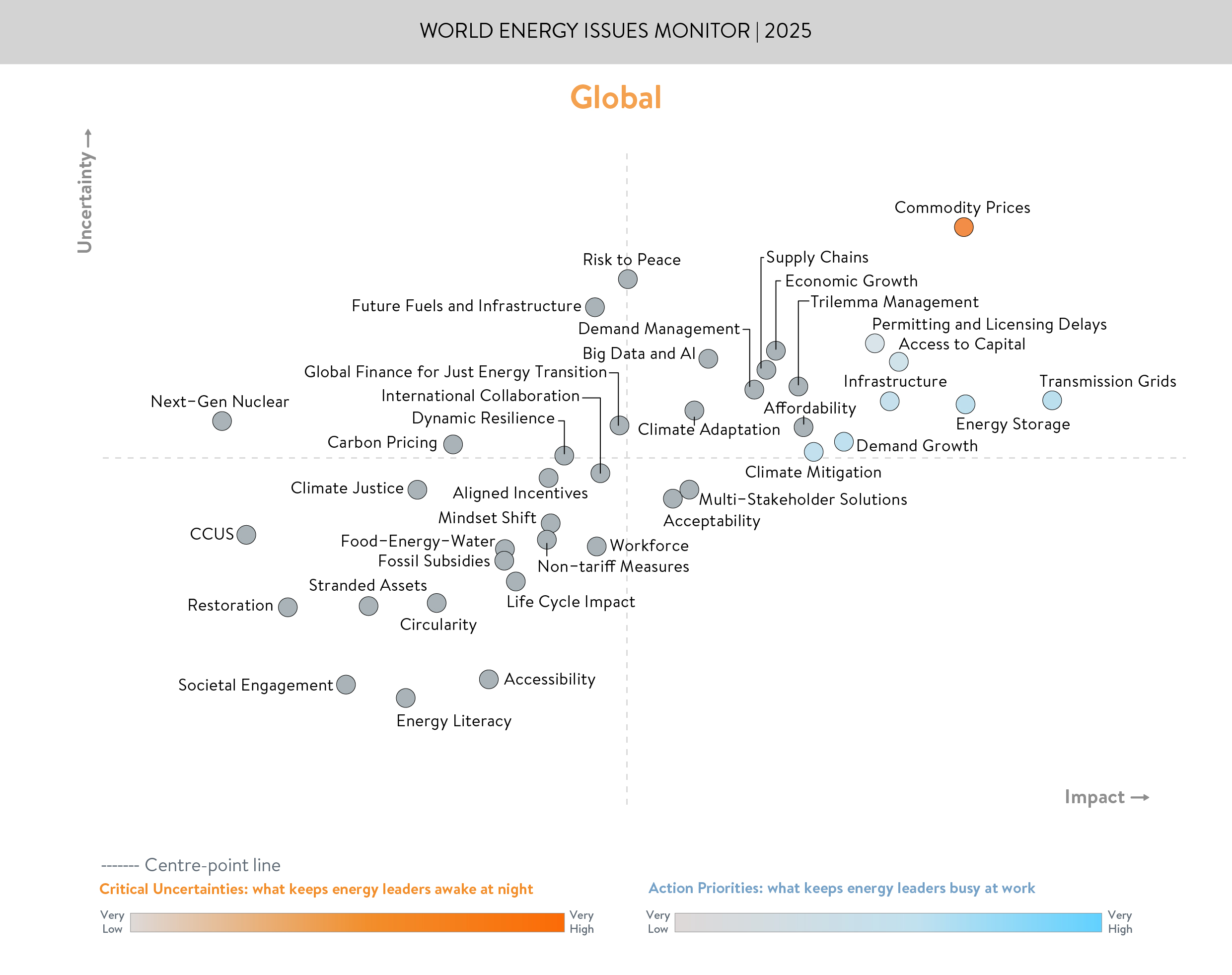Select language
Trends
Global Climate Reports
| Title |
[기타] WORLD ENERGY ISSUES MONITOR 2025 |
|---|---|
| Category | |
WORLD ENERGY TRANSITIONS IN MOTIONEnergy transitions around the globe are increasingly dynamic, emergent, and self-organising – much like the flocking of birds. Each bird reacts to its neighbours and surroundings, creating evolving formations that may look different from one moment to the next yet remain guided by the same basic rules. Energy transitions follow the same patterns, with a few unifying drivers – like climate concerns, technology advances, and social imperatives – shaping countless local variations, depending on political, economic, and cultural conditions. The 2025 World Energy Issues Monitor serves as our lens into these patterns. It shows what factors drive energy transitions, how regions and groups respond differently, and where shared insights can help us nudge the global energy sector onto more human-centred, resilient, and inclusive pathways. Decarbonising our energy systems has yet to truly begin. And, at a time when the international landscape is growing more fragmented – with multiple poles of influence and competing agendas – understanding these regional differences is both urgent and essential to start the process of net-zero and beyond. This edition of the World Energy Issues Monitor draws insights from over 3,000 respondents across 100+ countries. We invite you to harness the power of this tool not just for reading and reflecting, but also as a catalyst for action and collaboration in our pursuit of making faster, fairer and more far-reaching energy transitions happen.
Key findings from this edition include:1. Critical Uncertainty: Commodity Prices remain in pole position – Fossil fuel dependence and market volatility, influenced by geopolitical tensions, shifting policies, and supply chain constraints.
WORLD ENERGY ISSUES MONITOR 2025 GLOBAL MAP
|
|
| File | |
| Sources | world energy council/publication |
| View Original URL | |






